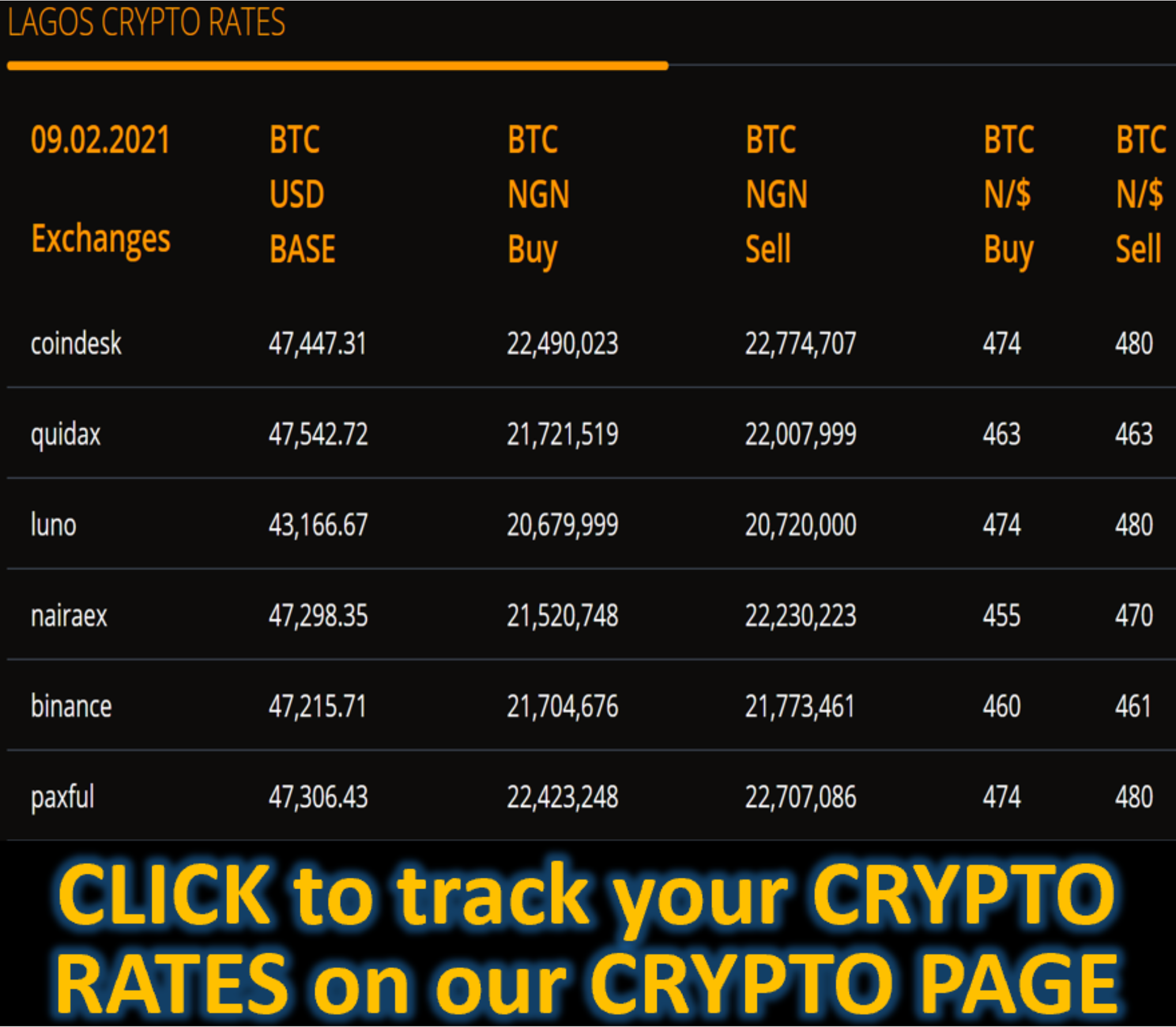Market News
Growth fades in Europe: Is the recovery already running out of steam? =- EURONEWS
Europe’s economic momentum nearly stalled in the second quarter of 2025, with growth barely registering and industry output sliding sharply—raising concerns over whether the region’s recovery is already running out of steam.
According to Eurostat’s second estimate released on Thursday, seasonally adjusted GDP in the euro area rose by just 0.1% in the three months to June, unchanged from the initial flash reading. The wider European Union (EU) grew by 0.2%, also in line with earlier estimates.
These figures mark a stark slowdown from the robust first quarter, when GDP expanded by 0.6% in the eurozone and 0.5% across the EU thanks to strong export growth.
In contrast, the United States economy bounced back strongly, posting a 0.7% quarterly expansion following a slight contraction in the first quarter. On an annual basis, eurozone GDP rose 1.4%, well behind Washington's 2.0% pace.
Diverging national performances
Beneath the headline figures, the recovery remains highly uneven across the bloc.
Spain led the pack with 0.7% quarterly growth, fuelled by strong domestic demand and capital investment. Portugal followed with a 0.6% gain, while France managed a modest 0.3% expansion.
However, both Germany and Italy, the eurozone’s largest and third-largest economies, slipped by 0.1%.
For Germany, the contraction reflects continued weakness in investment, particularly in construction and capital goods, while Italian output suffered from subdued consumption and softening industrial activity.
Ireland saw the steepest drop, with output contracting by 1%.
Elsewhere in the EU, growth was more robust in Eastern Europe, with Romania and Poland expanding by 1.2% and 0.8%, respectively, helped by resilient domestic demand and inflows from the Next Generation EU (NGEU) programme.
Industrial downturn clouds outlook
Adding to the worries, industrial production in the euro area dropped by 1.3% in June, reversing a 1.1% rise in May and missing expectations of a more moderate decline by 1%.
The fall was broad-based, with capital goods production down 2.2% and non-durable consumer goods plunging 4.7%.
In the wider EU, output fell by 1%. Among member states, Ireland recorded the largest monthly drop in industrial production at -11.3%, followed by Portugal and Lithuania.
In contrast, Belgium, France and Sweden posted notable gains.
US outpaces Europe, but sentiment is shifting
While the euro area continues to lag behind the US, in terms of both output and productivity growth, Goldman Sachs believes that the sentiment is shifting towards Europe.
Economists Giovanni Pierdomenico and Sven Jari Stehn note that Germany’s fiscal policy pivot and heightened macroeconomic uncertainty in the US are helping shift investor attitudes.
Goldman Sachs has upgraded its euro area growth forecast for 2027 by 1.2% since the start of the year, while downgrading its US projection by 1.7% over the same period.
Portfolio flows into Europe have picked up, and the euro has strengthened notably against the dollar.
Europe's long-term challenges and opportunities
Despite the improved mood, Europe still faces deep structural challenges.
Elevated energy costs—particularly for gas and electricity—continue to erode competitiveness.
Low investment in high-growth sectors, regulatory fragmentation, and sluggish productivity gains further weigh on potential.
In addition, China, once a key export market, has increasingly become a competitor, squeezing Europe's manufacturing base.
Yet there are reasons for optimism. Increased public investment, driven by the NGEU programme and Germany’s €500bn infrastructure plan, could support medium-term growth.
Europe also remains a global leader in pharmaceuticals and has significant untapped potential in capital markets integration, digitalisation and green infrastructure.
"Europe has opportunities to improve its economic performance through increased public investment, leadership in growth industries such as pharmaceuticals and green technologies, financial market reforms, and further integration of the internal market," Pierdomenico said.
Efforts to deepen the single market—spurred by the European Commission’s Competitiveness Compass, informed by the Draghi and Letta reports—are seen as vital steps to unlocking future growth.
"European policymakers have a window of opportunity to build on this improved macro picture with reforms that lead to a lasting improvement in Europe’s economic performance," Pierdomenico added.
Goldman Sachs remains constructive on Europe’s medium-term outlook, forecasting euro area growth above consensus for 2025–2028.









